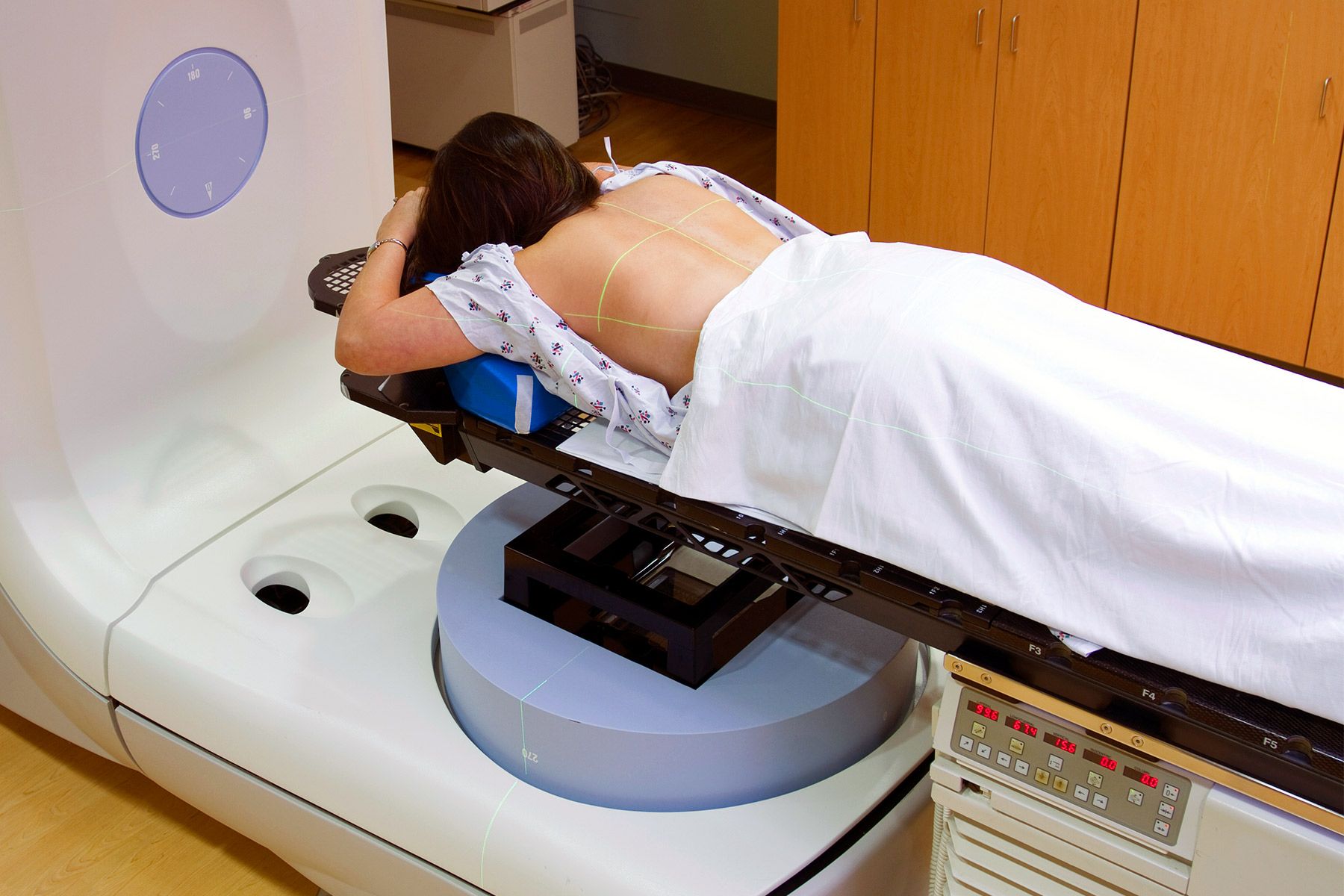Allen Zderad: I want to walk through the center of the door without any assistance.
Dennis Douda: The next step Allen Zderad takes will be one of the greatest strides forward in his life.
Allen Zderad: Right there.
Dennis Douda: One that allows him to see his future in an entirely new way.
Allen Zderad: Oh, yes!
[Laughter]
Raymond Iezzi: You just saw your first sunshine.
Raymond Iezzi, Jr., M.D., Ophthalmology, Mayo Clinic: So, Mr. Zderad has a condition called retinitis pigmentosa. It’s an inherited disease that involves the degeneration of a cell type in the retina called photoreceptors.
Dennis Douda: Mayo Clinic ophthalmologist and retinal surgeon Raymond Iezzi has made it his life’s mission to try to restore vision – even artificial vision – for people like Allen.
Dr. Iezzi: The retina in these patients is relatively healthy except for the photoreceptors and so what we’re trying to do is replace the function of these lost photoreceptors with the retinal prosthesis.
Dennis Douda: The prosthesis is basically a bionic eye. While decades of research have convinced Dr. Iezzi it’s possible, this next moment convinces him that it’s also essential.
Technician: There!
Allen Zderad: YEAH!
Technician: What do you see?
[Laughter. Clapping.]
Dennis Douda: With family members in tears, Allen is given his first glimpse of his wife Carmen in more than 10 years.
Technician: This is what his camera is capturing right now. This is the frame.
Dennis Douda: While the bionic system’s interpretation of what Allen looks at may seem rough and pixilated to others, for Allen, it is literally an eye-opening revelation.
Allen Zderad: Oh, okay, it’s going to take, yes, it is going to take interpretation of the shape of the light that’s flashing. Okay. Because, it’s a pulsing light. It’s not like regular vision where it’s constant. It’s the flash and I’ve gotta be able to interpret the changes in that shape.
[Laughter. Clapping.]
Mrs. Carmen Zderad: Okay. Let’s do it again, okay?
Allen Zderad: Yes! [Laughter] I picked you up! Oh! [Laughter] It’s crude, but it’s significant. You know, it’ll work.
Dennis Douda: Allen knew his restored vision would be limited. While a sighted person would see this hallway like this, Allen’s bionic eye converts the scene into flashes of light.
Dr. Iezzi: These small flashes of light are sort of like the points of light on a scoreboard at a baseball game.
Dennis Douda: To try to imagine how it might look to Allen, Dr. Iezzi says to picture contrasting light and dark blocks on a grid.
Dr. Iezzi: But by moving his head and using his visual memory and all of his cognitive skills and his remarkable capacity to get around, Mr. Zderad can reconstruct a scene.
Dennis Douda: How it works is a bio-engineering marvel, starting with the half-centimeter-wide electronic strip Dr. Iezzi placed inside Allen’s eye.
Dr. Iezzi: It’s a very delicate device and it’s an array of electrodes that actually have to lay on a curved surface in the back of the eye where the retina is. And basically, we place an electronics package around the eye, fixate that electronics package and then we enter through the eyewall, through the white part of the eye. So there’s actually a portion of the device that’s outside of the eye and a portion of the device that’s inside of the eye on the retinal surface.
Dennis Douda: Called the Argus II, the system is designed by Second Sight. Animation shows how 60 electrodes on a tiny grid stimulate the retina’s cells with patterns of pulses, thus sending signals to brain.
Allen Zderad: Right here in the center over the bridge is where the camera is that’s picking up the images. The front piece is a radio frequency antenna and the back piece is part of a video processing unit.
Dennis Douda: Several weeks after his operation, Allen says his ability to interpret the system’s visual images is continually improving.
Allen Zderad: I feel more confident in being able to navigate around furniture items, chairs and tables.
Dennis Douda: Allen says moments of new found appreciation often surprise him, even during routine tasks, such as assembling his favorite breakfast egg sandwich.
Allen Zderad: The revelation as it were, was the fact that when I turned to look at the frying pan, I could tell that the eggs had turned white as a result of the cooking. And that was a very new experience for me.
Carmen Zderad: I think it’ll help him to navigate better and just to enjoy a whole lot more in life. I mean, not that he doesn’t enjoy life now, but this is just really cool.
Dennis Douda: Back to that morning when Allen’s bionic eye was first activated, he wasn’t the only one inspired by its potential. So was another one of Dr. Iezzi’s retinitis pigmentosa patients, a teenage boy named Caleb, who also happens to be Allen’s grandson. Should Caleb ever need it, the doctor says, the technology will only get better.
Dr. Iezzi: While Mr. Zderad has 60 points of stimulation, if we were able to increase that number to several hundred points of stimulation, I think we could extend the technology so that patients could recognize faces and perhaps even read.
Allen Zderad: So, I hope it’s an encouragement to him to realize that I think that’s a pretty exciting thing about the future for him.
Dennis Douda: Legally blind for most of his life, Allen says he adapted extremely well as the last rays of light gradually faded to darkness. But, he admits, this day was definitely the answer to a prayer.
Allen Zderad: There’s always that desire to say, what would it be like if I could be more independent? If I could appreciate more of the things that are in my environment and enjoy participating more fully, because part of the issue is that you lose contact with the world around you.
Dennis Douda: One step at a time, Allen says he can’t wait to see what’s ahead.
Allen Zderad: Whoo, I can see with my eyes closed! It’s gonna be an exciting journey.
Dennis Douda: For the Mayo Clinic News Network, I’m Dennis Douda.
Note: This article have been indexed to our site. We do not claim legitimacy, ownership or copyright of any of the content above. To see the article at original source Click Here











